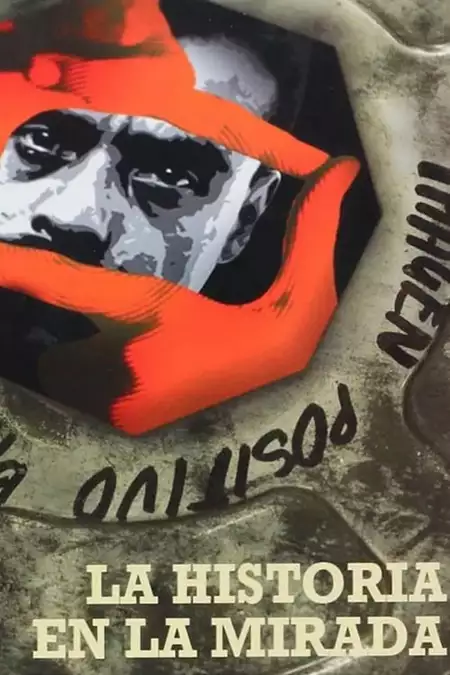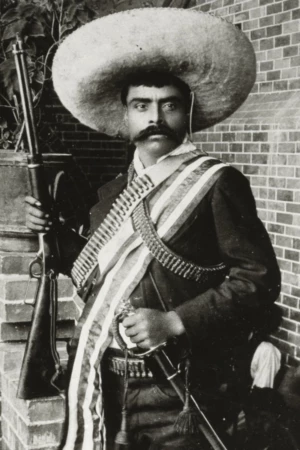Biography
(No Information)
Filmography
all 3
Movies 3
self 3
Self (archive footage)

The History in the Gaze (2011)
Movie
Information
Known ForActing
GenderMale
Birthday1879-08-08
Deathday1919-04-10 (39 years old)
Birth PlaceAnenecuilco, Mexico
ChildrenPaulina Ana María Zapata Portillo
SiblingsEufemio Zapata
CitizenshipsMexico
This article uses material from Wikipedia.
Last updated:
 Emiliano Zapata
Emiliano Zapata- Filmography
- Information

